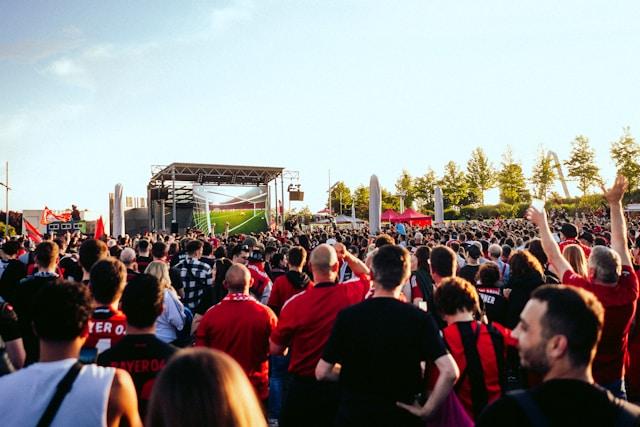Sponsorship’s Evolving Role in the Brand Marketing Mix

Sponsorship is no longer just a logo on a jersey, it’s a strategic tool for brands looking to drive purpose, build equity, and connect with values-driven consumers. In this article, we explore how leading companies are evolving their sponsorship strategies to unlock deeper impact across the full marketing mix.
Traditionally, sponsorship lived in the silo of “added value”—an awareness-based tool designed to extend a brand’s visibility through event signage, logo placements, or celebrity endorsements. But today, leading marketers are moving beyond this narrow view.
Here’s how companies are reimagining sponsorship as a strategic brand tool that can help anchor positioning, deepen emotional resonance, and powerfully connect with values-driven consumers:
Sponsorship as an Engine of Purpose
Modern sponsorship strategy now often centers around brand purpose and social impact. In North America, cause marketing campaigns are both emotionally resonant and commercially effective. Recent SponsorPulse data shows 1 in 2 North Americans made a purchase in the last year because a brand supported a cause they care about. That’s a compelling reason to elevate sponsorship from a tactical activation to a core brand pillar.
A&W’s 16-year partnership with MS Canada exemplifies this shift. What began as a grassroots fundraising effort has grown into “Burgers to Beat MS”, the nationally recognized campaign that generates both high engagement and brand lift. In 2024, over 6.7 million Canadians interacted with MS Canada, and more than 1 in 5 quick service restaurant visitors engaged as well. Among those aware of the sponsorship, 65% are more likely to buy A&W products, and 70% feel more positively about the brand. This demonstrates how a thoughtfully integrated sponsorship can create real attitudinal and behavioral impact.
Brand Equity Through Integration
The most effective integrated marketing strategies don’t treat sponsorship as a side note. Instead, they weave it into the broader brand narrative. Scotiabank’s “Hockey for All” initiative is a case in point. It’s more than sponsorship; it’s a platform that reinforces the bank’s brand purpose by promoting community engagement, accessibility, and inclusion through Canada’s most beloved sport.
Similarly, Red Bull has built its entire brand ethos around sponsorship marketing trends, not just as a supporter of events, but as the creator of them. From Red Bull Rampage to Flugtag, the brand doesn’t just show up, it is the experience. By owning the story and curating community-driven experiences, Red Bull has redefined how sponsorship can embody and amplify brand values.
Moving Beyond One-Off Activations
What separates high-performing sponsorships from the pack? Their integration across multiple channels and functions. Sponsorship today plays a role in everything from content creation and social storytelling to employee engagement and product development. Whether through media campaigns that amplify the sponsorship message or internal initiatives that drive employee advocacy, brands are building sponsorship programs that deliver layered impact.
A&W’s campaign again illustrates this: by engaging both customers and staff, and enlisting influencers like Christine Sinclair and TJ Brodie, they’ve created a network effect that extends far beyond traditional reach metrics. It’s this kind of cross-functional alignment that reflects the future of sponsorship—fully integrated marketing, with clear ties to brand strategy and business goals.
Let’s Talk Strategy
Are you ready to evolve your sponsorship strategy into a fully integrated part of your brand’s marketing engine? Have a conversation with the SponsorPulse team to explore how your brand can unlock more value through data-driven, purpose-led sponsorship planning.


